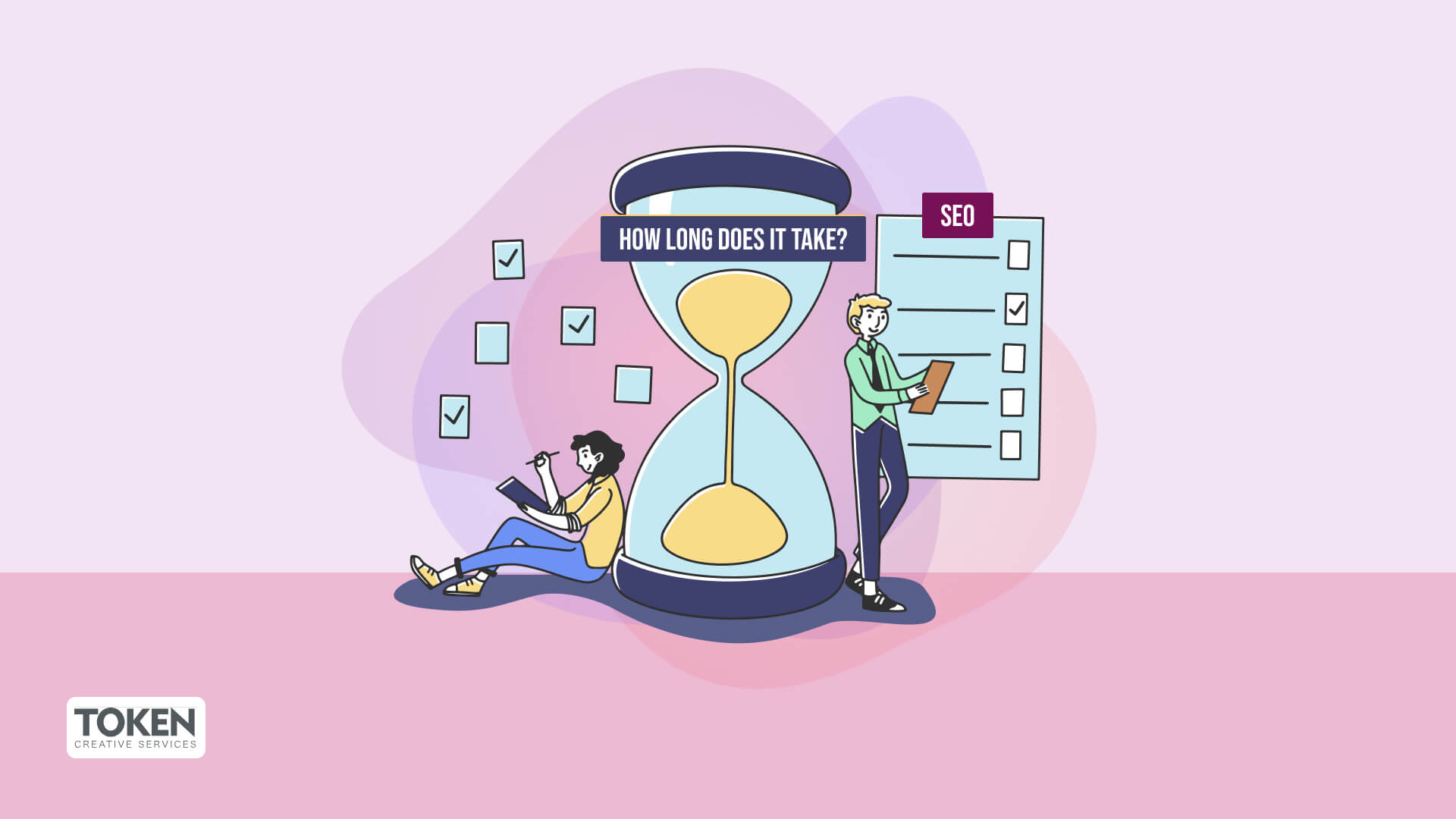
In today's online marketplace, eCommerce SEO is a fundamental aspect of running a successful online store. With search engines being the primary source of visitors for most eCommerce businesses, enhancing your website for SEO can greatly impact your visibility, sales, and overall growth. According to BrightEdge, over 53% of all website visits comes from natural search, making it vital for online retailers to prioritize SEO strategies that improve rankings and drive conversions. This guide will walk you through online store SEO methods, best approaches, and practical data findings to help your store thrive in a competitive landscape.
Understanding eCommerce SEO and Its Importance
SEO for online stores goes beyond basic site enhancements. It involves enhancing product pages, collections, and the overall website architecture to improve rankings and user experience. According to Moz, the top-ranking websites on Google get 31.7% of all traffic, while lower-ranked listings get considerably less visibility. By implementing an well-planned eCommerce SEO strategy, businesses can drive natural visitors and reduce reliance on paid marketing.
Key online store SEO elementsinclude keyword research, technical SEO, schema markup, site speed, and mobile optimization. Google’s mobile-first indexing further highlights the necessity of enhancing for mobile-friendly stores, as over 72.9% of eCommerce transactions now come from mobile devices (Insider Intelligence).
Keyword Research: The Foundation of eCommerce SEO
Proper eCommerce keyword research is essential for ranking higher in Google listings. By finding the right search terms, businesses can reach prospective buyers at different phases of the purchase journey.
Steps for Effective Keyword Research:
Identify Transactional Keywords: Use platforms like Google Keyword Planner, Ahrefs, and SEMrush to find effective transactional search queries (e.g., "buy running shoes online").
Leverage Long-Tail Keywords: Search terms like "best conversions running shoes for flat feet" often have lower competition and higher conversion rates.
Analyze Competitor Keywords: Platforms like SpyFu and Ubersuggest help find search terms that drive traffic to competitor stores.
Optimizing Item and Category Pages for SEO
Product and collection listings play a vital function in online store SEO. Enhancing these pages guarantees higher rankings and a smoother user experience.
Best Methods for Item Page SEO:
Use Unique Item Descriptions: Avoid duplicate content by crafting original descriptions.
Optimize Headings & Meta Descriptions: Include primary search terms while keeping them engaging and concise.
Add High-Quality Images with Descriptions: Improves SEO ranking and enhances UX.
Internal Connections: Direct users and crawlers to relevant items and collections.
Increase Your ECommerce Sales with Professional SEO
Having trouble to rank higher and attract more visitors to your eCommerce site? Token internal linking Creative Services offers top-notch eCommerce SEO that enhances search presence, connects you with buyers, and boosts sales.
Stand out in search. Grow your revenue. Get ahead.
Contact us today for a tailored SEO plan that drives success.
Conclusion
Online store SEO is a continuous effort that requires strategic planning, search engine algorithms implementation, and patience. By implementing best methods, improving item and collection listings, and focusing on site optimization, digital retailers can experience long-term expansion. As Google algorithms continue to change, remaining informed with the newest digital SEO developments is essential.
Are you prepared to elevate your eCommerce business to the next level? Start optimizing today.
Comments on “The Ultimate eCommerce SEO Guide: Strategies, Tips & Best Practices for Online Success”